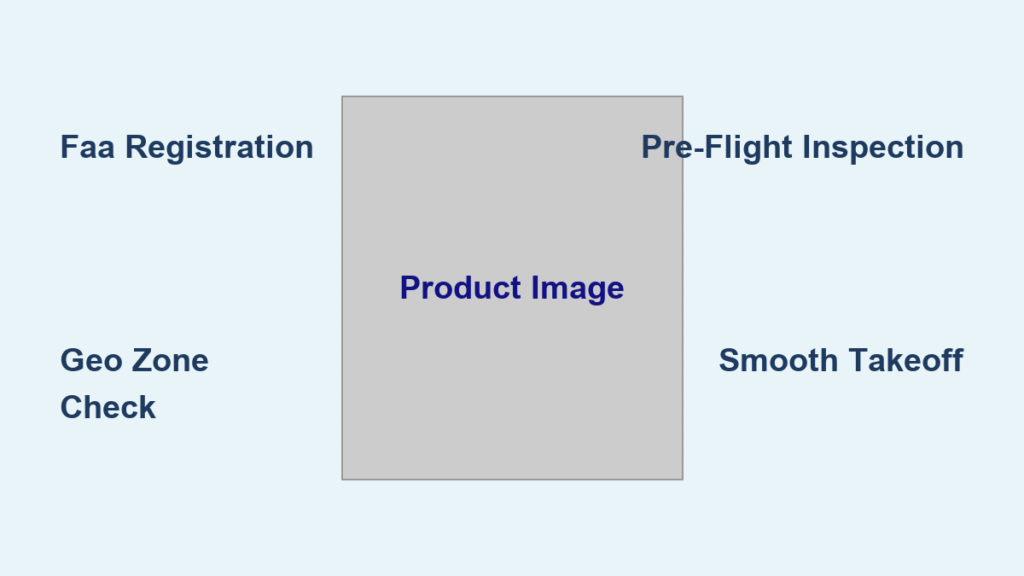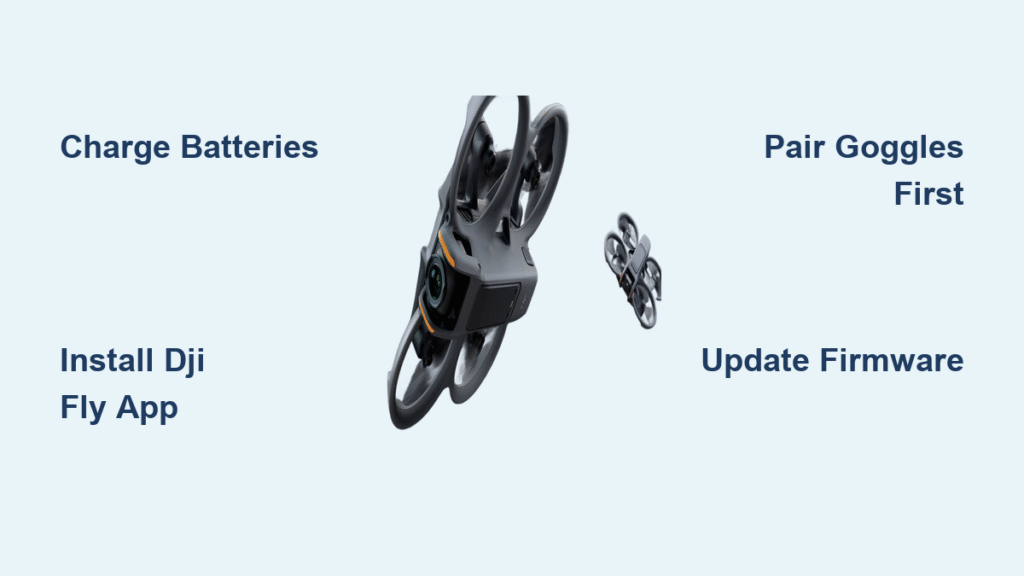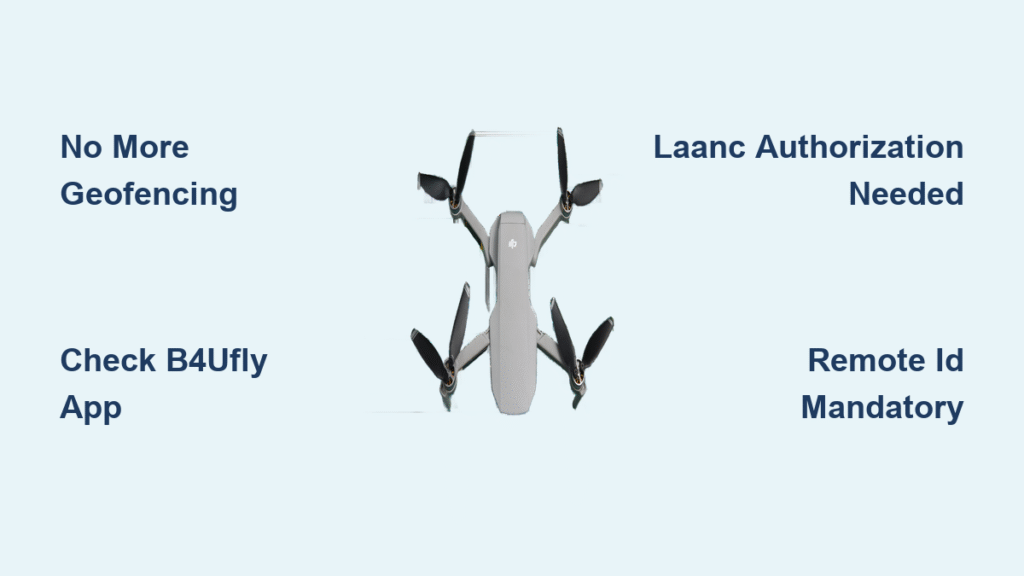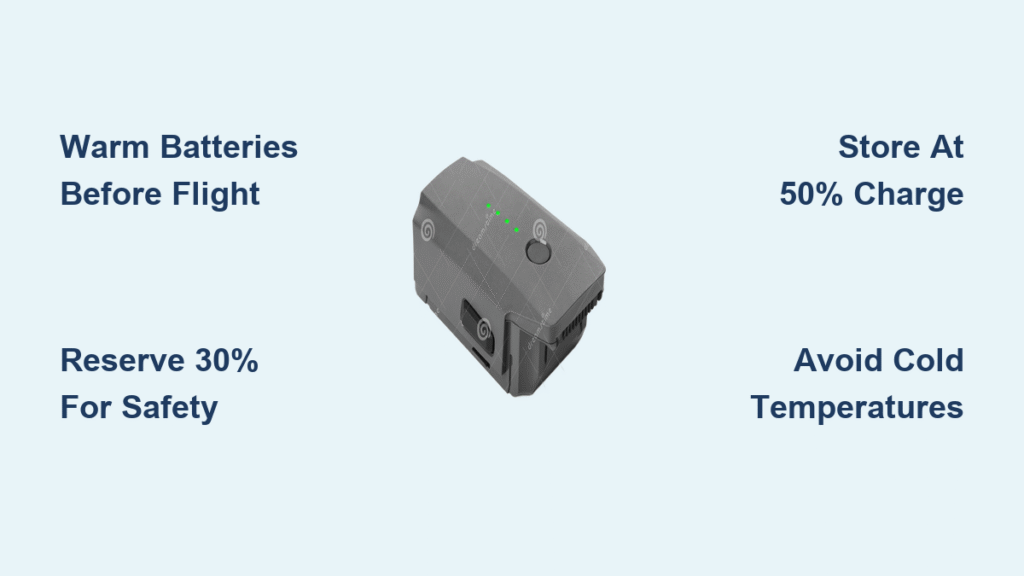Your DJI Phantom sits in its case, battery charged and ready. You’ve watched countless YouTube videos, but now it’s your turn to take control. Flying a Phantom isn’t just about pushing the throttle stick—it’s about understanding your aircraft, knowing the rules, and building skills systematically. This guide walks you through everything from your first pre-flight checklist to confident piloting, ensuring your Phantom returns home safely every time.
Whether you’re planning aerial photography or simply want to experience the thrill of flight, mastering your Phantom requires more than basic stick movements. You’ll learn proper preparation techniques, safety protocols that prevent costly crashes, and the step-by-step process that transforms nervous first-timers into confident pilots. By the end of this guide, you’ll know exactly how to fly DJI Phantom drone safely and effectively.
FAA Registration Before Your First Flight
Recreational vs. Commercial Registration Process
Before you even think about taking off, you must complete FAA registration—required by federal law for any DJI Phantom drone (which weighs over 250 grams). Recreational pilots register once under Section 336, receiving a single registration number valid for all personal drones. Write this number on a weatherproof vinyl decal and attach it to your Phantom’s exterior—marker writing works, but removable labels protect resale value.
Commercial operators face stricter requirements. Each individual drone needs Part 107 registration with unique numbers. This applies to any money-making activity, from real estate photography to wedding videography. Register before accepting your first paid flight, as operating without proper registration can result in significant fines.
International Flight Regulations Check
Flying outside the US? Visit DJI’s Fly Safe page and select your destination country. Each nation maintains specific regulations beyond basic DJI restrictions. Some require advance notification, others demand pilot certification. Download local requirements before packing your Phantom—don’t risk confiscation or legal trouble at customs because you skipped this critical step.
Avoid Restricted Airspace with GEO Zone Map

Understanding DJI’s GEO Zone System
DJI’s GEO Zone map reveals every restricted area in your region. Red zones prohibit all flights—typically airports, military bases, and national security areas. Blue zones require authorization through DJI’s unlocking process. Yellow zones limit maximum altitude but allow normal operations.
Check this map before every flight. Restrictions change based on temporary flight restrictions (TFRs), special events, or emergency situations. A perfectly legal location yesterday might be restricted today. Your Phantom won’t take off in red zones, but always verify restrictions through the DJI app before launching.
Selecting Beginner-Friendly Flying Locations
Choose flying sites meeting these criteria:
– Visual line-of-sight: Always see your Phantom without binoculars
– Distance from obstacles: Minimum 100 feet from buildings, trees, power lines
– Population clearance: Avoid flying over people, vehicles, or private property
– Emergency landing zones: Identify safe spots for immediate landing if needed
Wide-open spaces work best for beginners. Parks, empty parking lots, or rural fields provide room for mistakes without catastrophic consequences. Never fly near emergency response operations—this includes fire scenes or police activities.
Essential Pre-Flight Equipment Checklist

Critical Accessories for First-Time Phantom Pilots
Before your first flight, secure these critical items:
– Extra batteries: Minimum 3 batteries for extended practice sessions
– Propeller guards: Protect your Phantom during initial learning
– Landing pad: Provides clean, level takeoff surface
– Sun shade: Improves mobile device visibility in bright conditions
– Car charger: Essential for field charging between flights
Skip unnecessary gadgets initially. Focus on safety and redundancy over fancy additions that add weight and complexity. Your Phantom already has sophisticated technology—don’t overwhelm yourself with extra equipment during early learning stages.
Five-Minute Pre-Flight Inspection Routine
Inspect your Phantom systematically:
1. Propeller condition: Check for nicks, cracks, or loose screws
2. Gimbal movement: Ensure smooth, unrestricted camera motion
3. Battery charge: Verify 100% charge and proper seating
4. Firmware updates: Connect to DJI app and install any pending updates
5. Compass calibration: Complete if prompted by the app
This 5-minute ritual prevents 90% of avoidable crashes. Never skip pre-flight checks—even experienced pilots have lost expensive drones by rushing this critical step.
Build Skills Before Risking Your Phantom
Toy Drone Training for Beginners
Consider purchasing a $30 toy quadcopter before risking your Phantom. These durable trainers teach:
– Stick coordination: Develop muscle memory for smooth control inputs
– Orientation skills: Learn to fly nose-in without expensive consequences
– Emergency reactions: Practice immediate responses to unexpected situations
– Weather awareness: Experience wind effects in low-risk environment
Toy drones crash without financial devastation. Master basic flight skills, then transition your muscle memory to the more sophisticated Phantom controls. You’ll progress faster and avoid costly beginner mistakes with your expensive Phantom.
Four-Week Progressive Training Plan
Week 1: Ground School
– Read complete manual twice
– Practice controller stick movements without propellers
– Memorize emergency procedures
– Complete online tutorials
Week 2: Hover Mastery
– 3-foot hover for battery duration
– Practice smooth takeoffs and landings
– Work on maintaining position in light wind
Week 3: Basic Movement
– Forward/backward flights at 10-foot altitude
– Left/right strafing movements
– Gentle turns while maintaining altitude
Week 4: Advanced Maneuvers
– Figure-8 patterns
– Coordinated turns with altitude changes
– Emergency landing practice from various heights
Master Your First Phantom Takeoff
Proper Pre-Flight Setup Sequence
- Power on controller: Hold power button for 2 seconds
- Connect mobile device: Use appropriate cable for your tablet/phone
- Launch DJI app: Allow all location and storage permissions
- Power on Phantom: Quick press, then long hold on battery button
- Wait for GPS lock: Minimum 8 satellites before takeoff
- Set return-to-home point: App confirms home point automatically
Never skip the GPS lock step—taking off with insufficient satellites dramatically increases flyaway risk. If your Phantom shows “N” for number of satellites, wait until it reaches at least 8 before proceeding.
Smooth Takeoff Techniques
Manual Takeoff Method:
– Push both sticks down and inward to start motors
– Gently push left stick upward for smooth ascent
– Stop at 4-6 feet for initial hover check
– Verify stable hover before any movement
Auto-takeoff Alternative:
– Tap takeoff button in DJI app
– Confirm takeoff altitude (3-6 feet recommended)
– Phantom ascends automatically to set height
Pro tip: Keep movements small and slow. Phantom responds to tiny stick inputs—no need for dramatic movements. Jerky inputs cause instability that leads to crashes.
Emergency Response Protocols Every Pilot Must Know
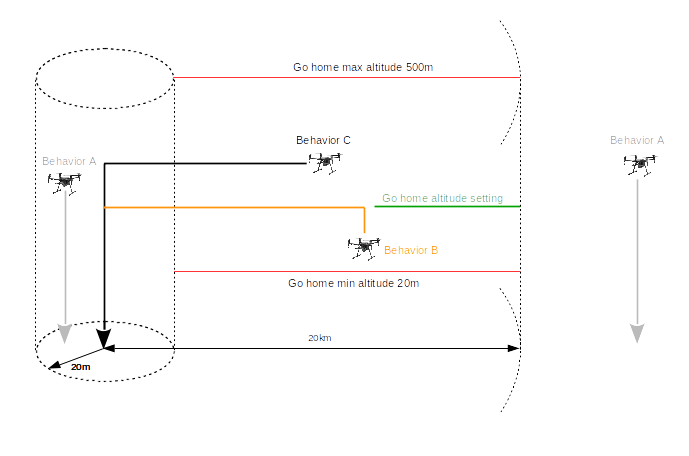
Signal Loss and Low Battery Procedures
Signal Loss:
– Phantom automatically returns to home point
– Don’t panic—monitor return flight on app
– Prepare for manual landing when aircraft returns
Low Battery Warning:
– RTH triggers automatically at 25% battery
– Cancel RTH if closer to alternative landing spot
– Land immediately—don’t push remaining power
Compass Error:
– Land immediately at current position
– Calibrate compass before next flight
– Check for metal interference sources
Emergency Landing Techniques
Normal Landing:
– Position Phantom over clear landing zone
– Descend slowly using left stick
– Cut motors immediately upon touchdown
Emergency Landing:
– Find nearest safe area immediately
– Descend rapidly but controlled
– Accept rough landing over flyaway risk
Critical reminder: Always keep the Phantom oriented so you can quickly bring it home. Flying backward or sideways confuses orientation during emergencies.
Advanced Features for Confident Pilots
Intelligent Flight Modes After Mastering Basics
Once comfortable with manual flying, explore these automated features:
– Course Lock: Controls remain relative to initial orientation
– Home Lock: Pull stick back to return directly toward home point
– Point of Interest: Orbit automatically around selected subject
– Waypoint Navigation: Pre-programmed flight paths
Warning: Master manual flying before relying on automated modes. These features fail—you need backup skills. Never become complacent because your Phantom has automated functions.
Weather Conditions That Affect Phantom Performance
Safe flying conditions:
– Wind speed under 15 mph
– Clear visibility over 3 miles
– Temperature above 32°F (battery performance degrades in cold)
– No precipitation
Avoid flying in:
– Fog or low clouds
– Temperatures below 20°F
– Wind gusts over 20 mph
– Any precipitation conditions
Your Phantom can handle light winds, but gusts above 15 mph make control difficult and drain batteries faster. Always check weather conditions before flying—don’t risk your investment for a few minutes of footage.
Extend Your Phantom’s Lifespan with Proper Care
Post-Flight Battery Care Protocol
After each flight session:
1. Battery check: Allow cooling before recharging
2. Propeller inspection: Replace any damaged props immediately
3. Gimbal cleaning: Remove dust/debris with soft brush
4. Firmware verification: Check for update notifications
5. Storage preparation: Remove battery for long-term storage
Maximize battery lifespan by:
– Storing at 50-60% charge for periods over 10 days
– Avoiding complete discharge—land at 20% minimum
– Allowing 5-minute cooling before recharging
– Using only official DJI chargers
Never leave fully charged batteries in your Phantom between flights—this accelerates battery degradation and creates fire risk.
Your DJI Phantom represents significant investment in both money and time. Master these fundamentals systematically, and you’ll transform from nervous beginner to confident pilot. Remember—every expert started with shaky hover practice. Your journey begins with that first controlled takeoff, executed with proper preparation and respect for your aircraft’s capabilities.
Start with short flights in perfect conditions. Build experience gradually, and your Phantom will reward you with stunning aerial perspectives and reliable performance for years to come.

